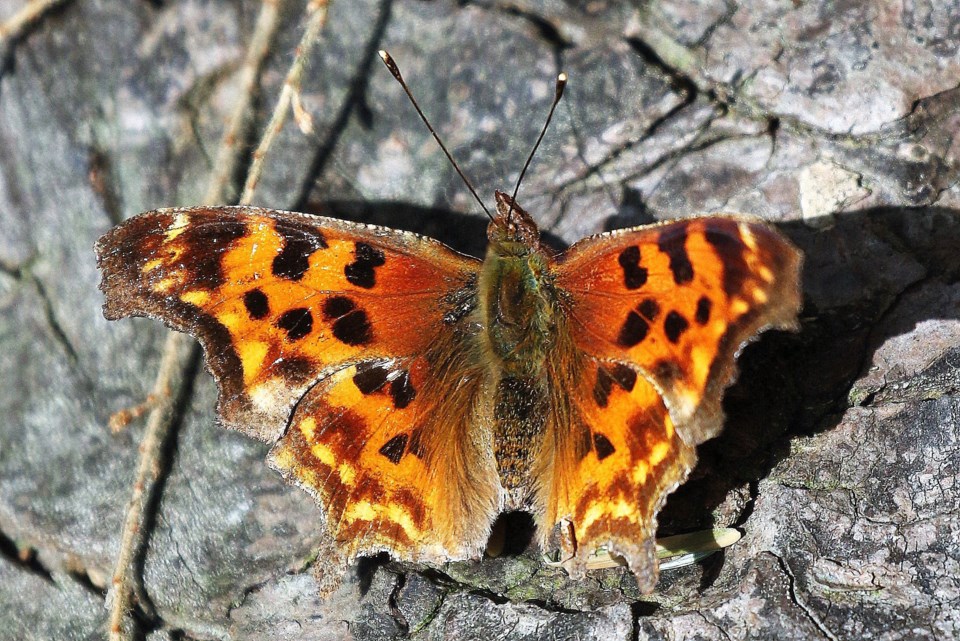When I decided to start gardening for butterflies earlier this year, I had no idea how to attract them. Bees, yes. Birds, yes. Butterflies — not a clue.
Some months later, I marvel at how simple it can be to create habitat for these beautiful pollinators — and how much power we have to make Delta a butterfly paradise through small changes to the way we garden.
We have 20 to 30 butterfly species in the Delta area. These range from Swallowtails and Cabbage Whites (the greeny-white ones you see flitting along roadsides) to the less-seen Admirals and Painted Ladies. Unfortunately, climate change, habitat loss, and pesticide use have sent butterfly numbers plummeting. But studies show that our backyard and balcony gardens can play a major part in halting this decline.
Here are some ways you can help:
Throw some native plants in there. West Coast butterflies evolved alongside West Coast plants, so they need these in order to flourish. This is especially true of caterpillars, which have specific dietary needs. So if you want to support butterflies, start by planting what their offspring eat.
You don’t have to rip up your whole garden: just add to what you already have. Put some Pearly Everlasting in with your lavender. Choose a California Lilac instead of another rhodo, and hardhack instead of a non-native type of spirea. Plant an all-native butterfly feast of goldenrod, yarrow, and Douglas aster for a glorious late-summer display.
“Leave the leaves.” Hold off on clearing away your leaf litter: that’s where the eggs and chrysalises are! If you can’t bear the mess, move the leaves (gently) to a protected corner. Come spring, wait until overnight temperatures have been at 10° C for at least a week before you disturb the pile.
Give them drink. Like us, butterflies often need hydration even more than food. Put down a dish of wetted sand, dirt, or clay for them to suck up moisture from.
Put in a charging station. Butterflies function best when their flight muscles are at 30-38° C. Help them out by putting a piece of dark slate in a sunny spot as a heating pad. You could save them from the deadly alternative: a nice hot asphalt road.
I am excited that the City of Delta is fully on board with making our communities inviting to butterflies, along with other native pollinators. If we residents do a little bit to help, we can turn Delta into a butterfly oasis where our children and their children grow up familiar with the delights of nature’s “flying flowers”.



